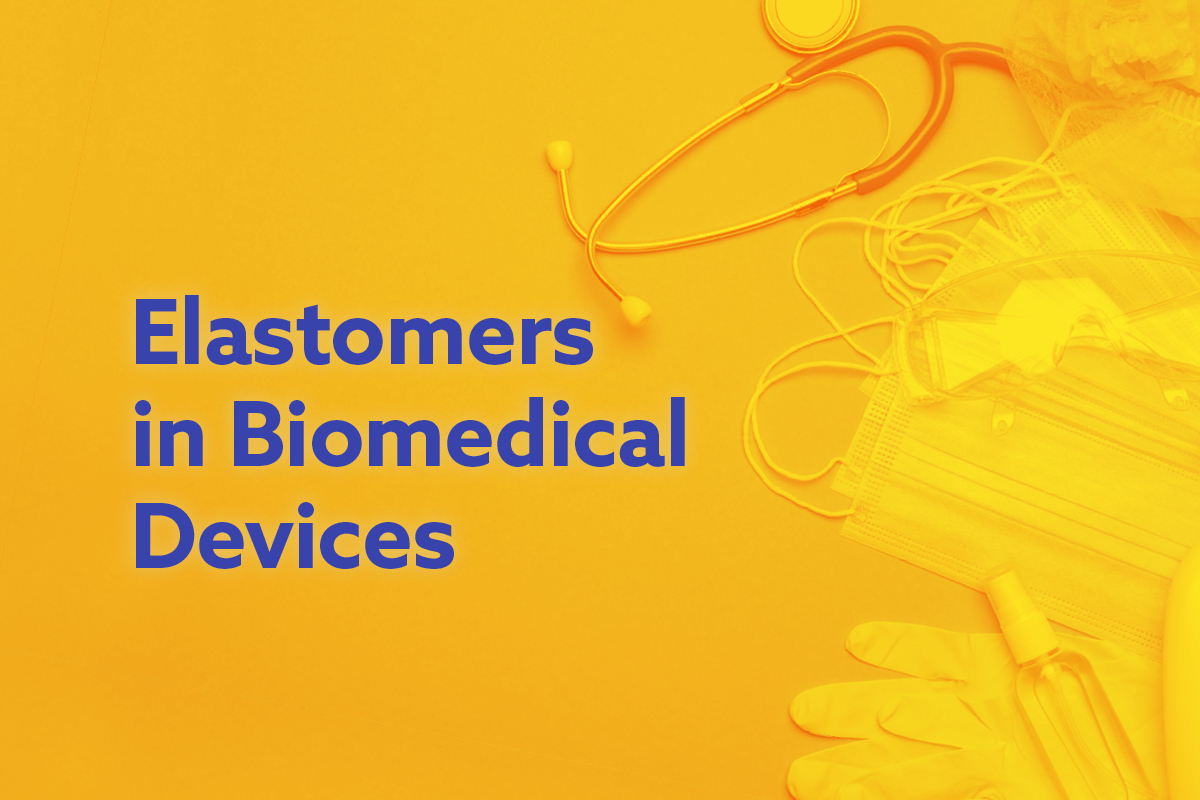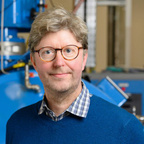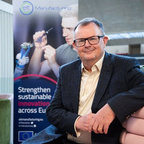Elastomers in Biomedical Devices

The IOM3 Elastomer Group's Afternoon Technical Discussion Meeting series is the main platform for the technical and scientific community in the UK to discuss the use of rubber and elastomers. This meeting will have a particular focus on the uses of elastomeric materials in Healthcare.
Join us for an afternoon of insightful dialogue at the Elastomers in Biomedical Devices Afternoon Technical Discussion Meeting hosted by IOM3 Elastomer Group in London. This focused event will gather experts and professionals to delve into the crucial role of elastomers in healthcare applications.
This technical discussion meeting offers a unique platform to explore the latest innovations and advancements in elastomer technology. Engage with leading experts, participate in stimulating discussions, and gain valuable insights into the future of elastomers in healthcare.
What to expect:
- Expert presentations on cutting-edge elastomer research
- Case studies showcasing successful elastomer applications in healthcare
- Q&As to foster interactive dialogue
Whether you are a healthcare professional, researcher, or industry specialist, this meeting provides an excellent opportunity to stay informed about the latest trends and developments in elastomer technology and its impact on healthcare.
Agenda Overview |
| 13:00 | Registration |
13:30 |
Welcome Address Prof James Busfield, Chair of the IOM3 Elastomer Group |
14:00 |
Soft and shape-adapting silicone foam for chronic and acute wound treatment Prof Anne Ladegaard Skov, Danish Polymer Centre at the Department of Chemical Engineering |
14:30 |
Porous elastomeric polymers for soft tissue engineering Prof Frederik Claeyssens, Professor, School of Chemical, Materials and Biological Engineering, University of Sheffield |
15:00 |
Constitutive modelling of biodegradable polymers and hydrogels for biomedical applications Prof Laurence Brassart, Department of Engineering Science, University of Oxford |
15:30 |
Stretchable and flexible: creating fibre scaffolds for biomedical applications using electrohydrodynamic techniques Dr Lucy Bosworth, Tenure-track Fellow, Department of Eye and Vision, Institute of Life Course and Medical Science, University of Liverpool |
| 16:00 | Christmas Networking Drinks (wine, beer & soft drinks) |
| 17:00 | Close of event |
|
|
We will here from: |
Abstracts:Frederik Claeyssens - Porous elastomeric polymers for soft tissue engineeringIn biomaterials science and tissue engineering we produce 3D structured scaffold materials to provide a conducive environment for 3D cell growth. These scaffolds materials ideally are porous at the micrometre scale to provide cell growth, are biocompatible and degradable, have similar mechanical properties of the cell’s natural environment (the extracellular matrix) and can be easily structured via modern additive manufacturing techniques. For soft tissue engineering, and in particular vascular tissue engineering, we focus on elastomeric materials to fulfil these requirements. We focus on the production of photocurable resins of the biodegradable elastomeric polymer polyglycerol sebacate, which we can render porous via using emulsions and we can use this material also as a resin for light-based 3D printing. This presentation will focus on how we can tune the materials properties to achieve suitable scaffolds for soft tissue engineering. Laurence Brassart - Constitutive modelling of biodegradable polymers and hydrogels for biomedical applicationsThe degradation of bioresorbable polymer implants involves a strong coupling between mechanics and chemistry. On the one hand, chemical degradation (e.g. by hydrolytic chain scission) gradually reduces the mechanical properties such as elasticity, strength and toughness. On the other hand, mechanical stresses may accelerate the chemo-mechanical degradation rate. This talk will present our recent efforts in developing chemo-mechanical constitutive models for biodegradable polymers in view of developing predictive numerical simulation tools. Lucy Bosworth - Stretchable and flexible: creating fibre scaffolds for biomedical applications using electrohydrodynamic techniquesThis presentation explores the fabrication of fibre scaffolds through electrospinning and melt electrowriting. Emphasising applications in ocular and musculoskeletal tissues, this work highlights how these advanced techniques enable the development of biomimetic scaffolds purposefully designed to aid effective tissue regeneration. Anne Ladegaard Skov - Soft and shape-adapting silicone foam for chronic and acute wound treatmentSilicone foams are rarely used in wound care. However, a recently identified green and benign foaming process allows for the formation of a foam directly in the wound and thereby allows the soft foam to form in the exact wound shape. This leads to increased contact area between wound and foam and eventually leads to faster healing. |

|

















